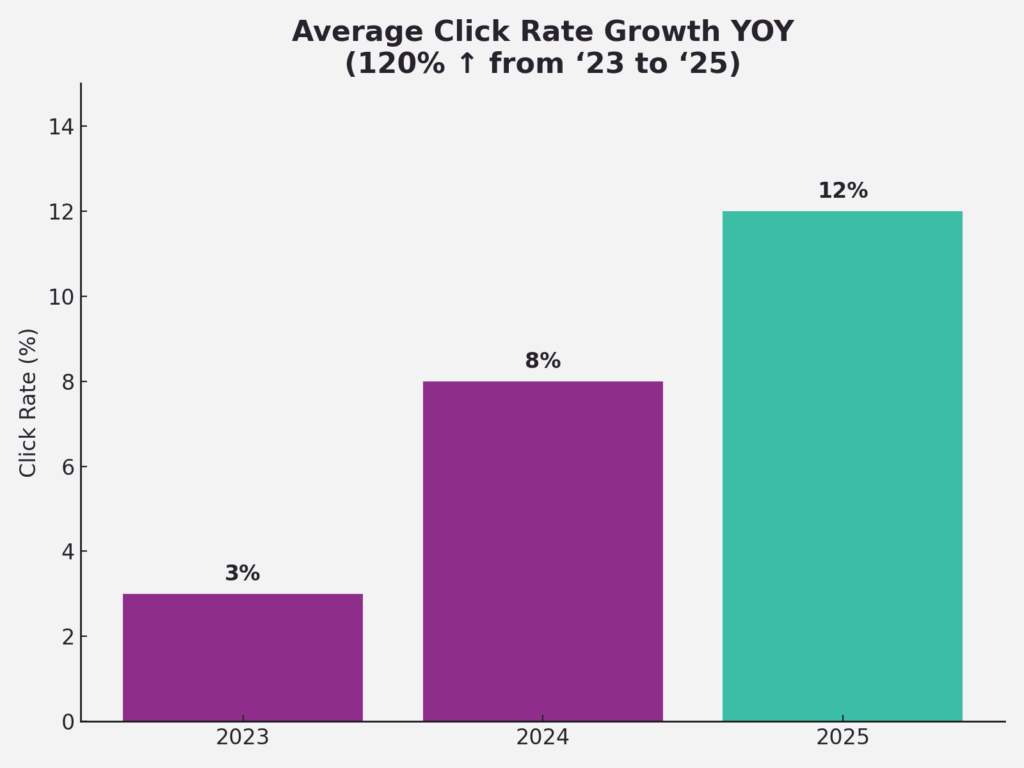At Digital Edge, we’re always testing and refining the very strategies we recommend to our destination clients. In 2024, we committed to developing a true account-based marketing (ABM) strategy — one that would allow us to speak more directly to our key customer segments with content that felt personal, timely, and relevant. Nearly two years later, the results have been transformative. Our email marketing performance is night and day from where we started (with a 111% increase in website users driven by email acquisition).
Here’s how we built our ABM strategy from the ground up — and how destinations can adopt a similar approach to strengthen their meetings and conventions marketing performance.


Our Process: A Targeted, Data-Driven Shift
- Start with a full database audit.
We took a hard look at the health of our contact database, ensuring each record included critical fields like name, title, organization, and current client status. - Segment the audience.
To make our communications more relevant, we categorized every contact using criteria like:
- Role (Sales, Marketing, Executive Leadership)
- Department (Meetings, Leisure, Operations)
- Destination size
- Relationship to Digital Edge (current client, prospect, past contact)
- Role (Sales, Marketing, Executive Leadership)
- Map a strategy by persona and lifecycle.
Rather than sending broad email blasts, we developed an annual outreach plan aligned with contact type, industry cycles, and decision-making behavior. For example, we prioritized executive-level messaging earlier in the year during strategic planning cycles and leaned into tactical content for sales teams ahead of major industry trade shows. - Build a monthly content calendar.
Each month, we planned content tailored to specific audience segments. This helped us deliver more timely insights — like creative campaign inspiration for planners in Q1 and sales enablement strategies for sales teams in Q3. - Test and optimize.
We consistently reviewed email performance metrics (opens, clicks, CTRs, and replies) and adjusted subject lines, tone, format, and send times to increase engagement. Over time, we were able to benchmark success and track improvement across each segment.
Why ABM Works for B2B Marketing (and Especially for Destination Sales)
ABM shifts your approach from broad awareness to precision influence. For B2B-focused destinations, this is a game-changer. Here’s why:
- It’s planner-focused. ABM aligns your message to what each planner type actually needs — whether that’s C-suite-level ROI data or tactical sourcing support.
- It drives sales enablement. ABM nurtures leads over time, warming up planners with personalized content before your sales team ever picks up the phone.
- It delivers stronger ROI. Rather than spending budget on mass reach, you’re investing in building meaningful, lasting relationships with your highest-value prospects.
- It builds alignment between marketing and sales. ABM requires tight collaboration between teams, creating a shared strategy that everyone’s accountable for.
How Destinations Can Kickstart Their Own ABM Campaign for Meetings Success
Here’s a quick-start roadmap for DMOs ready to bring ABM to life:
- Clean and enrich your contact data. Know who your prospects are and what role they play in sourcing decisions.
- Segment your audience. Create categories by industry vertical, planning cycle, planner role, and decision-making influence.
- Build an annual outreach strategy. Map out your communications to match industry rhythms and your team’s business development goals.
- Personalize your messaging. Speak to planners based on their needs, event types, and destination familiarity.
- Measure and evolve. Monitor campaign performance and continuously test content and timing for each segment.
ABM isn’t just a marketing tactic — it’s a mindset shift. It’s about putting your most important customers at the center of your strategy and delivering meaningful, valuable communication every step of the way.



